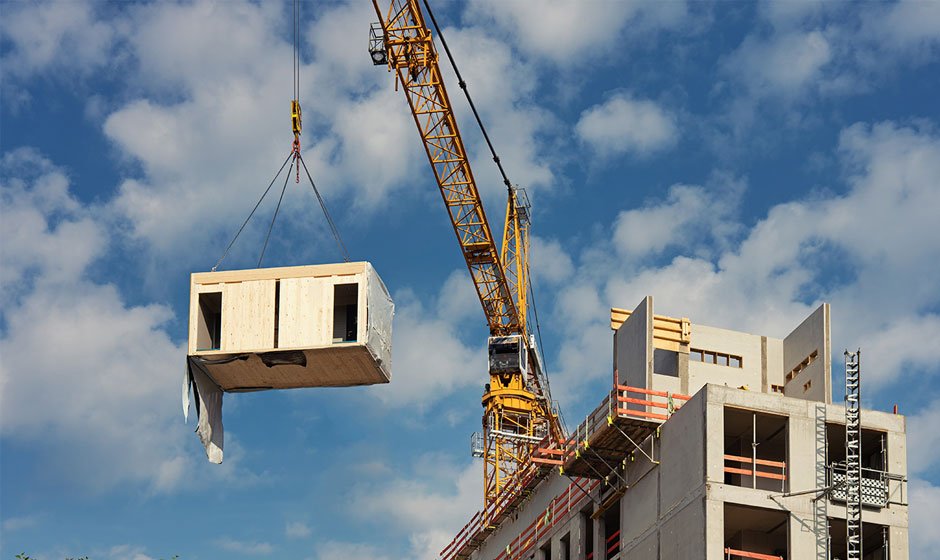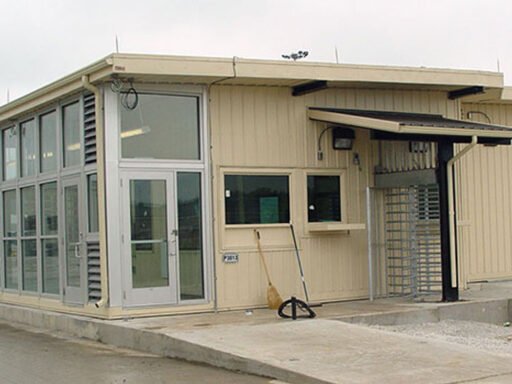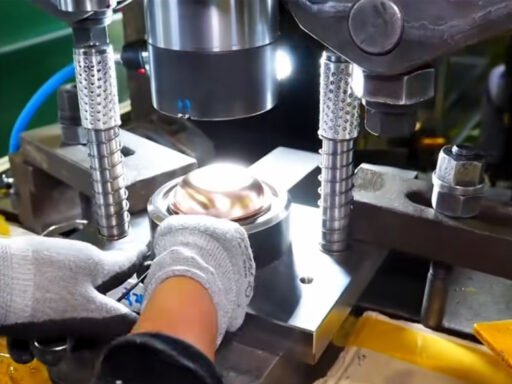In an era where time is as valuable as financial investment, how can construction projects be completed more efficiently without sacrificing quality? Modular buildings present a compelling answer. This method has quickly become a preferred choice for many developers. This approach streamlines the building process and reduces the overall carbon footprint of building activities.
Modular building solutions, where buildings are assembled from premade modules, have become popular. These modules are made in a controlled factory setting, ensuring high quality and consistency. Once completed, they are transported to the construction site, where they are swiftly assembled into a final structure. This article delves into how these buildings are transforming job sites with their innovative practices, making them a transformative force in the building industry.
Understanding Modular Construction
It involves constructing sections of a building in a factory setting, after which they are transported to the site for assembly. This process contrasts sharply with traditional construction methods, where every aspect of the build occurs on-site. Modules can consist of complete rooms with electrical and plumbing systems pre-installed, and they’re pieced together like a complex 3D puzzle, forming a fully functional structure upon completion.
The controlled space of a factory allows for more precise fabrication, reduced waste, and stricter quality control measures than typically achievable on a traditional construction site. Furthermore, this method lessens the impact of weather-related delays, as most fabrication occurs indoors.
Advantages of Modular Building Solutions
Enhanced Efficiency
One of the most notable benefits of modular fabrication is the dramatic reduction in completion time. Buildings are produced as modules simultaneously while the site is being prepared, significantly cutting overall project timelines. This parallel approach to building can reduce project timelines by as much as 50%, in contrast to traditional methods.
Cost Effectiveness
Reduced construction time leads directly to cost savings. With faster completion rates, labor costs on site are drastically lowered. Additionally, the factory setting for constructing the modules allows for bulk purchasing of materials and more efficient usage, which can significantly decrease the overall cost of materials.
Sustainability
It is also a greener alternative. Factory environments allow for more controlled and precise material handling, significantly reducing waste. Moreover, the ability to recycle materials in the factory and reduce site disturbances contribute to a more environmentally friendly construction process.
Quality and Safety
Components manufactured in a controlled environment allow for consistent quality. Factory settings are less prone to the variables that typically affect on-site construction, such as adverse weather conditions. Additionally, working indoors in a stable environment increases worker safety, reducing the risk of accidents common in traditional construction sites.
Challenges of Modular Construction
Despite its benefits, modular fabrication isn’t his challenge. Transportation of modules from factory to site can be logistically complex and costly, particularly for larger structures or projects located far from manufacturing facilities. Moreover, while the quality of materials can be higher in factory settings, customization options might be more limited than traditional construction, potentially impacting design flexibility.
The Role of Professional Services
The rise of modular construction has also increased the demand for specialized professional services. From architectural design tailored for these to engineering services that ensure the structural integrity of modules, professionals are integral to successful projects. Project managers specialized in these buildings also play a crucial role, coordinating factory production and site preparation to ensure smooth installation and assembly.
Professional services also extend to logistical support, handling the complex task of transporting modules to sites, often navigating challenging routes or urban environments. Additionally, legal and regulatory experts ensure compliance with local building codes and standards, which can vary significantly from traditional construction regulations.
Future Trends in Modular Construction
As technology advances, so does modular construction. Innovations in 3D printing and building information modeling (BIM) are set to further enhance the precision and efficiency of modular buildings. These technologies promise even faster production times and more complex architectural designs, expanding these possibilities into new markets and applications.
Additionally, as the focus on sustainability intensifies globally, modular construction is poised to play an important role in the future of green building practices. The ability to combine renewable energy sources and advanced insulation materials during the manufacturing process makes modular buildings excellent candidates for eco-friendly certifications and standards.
Modular construction represents a significant shift in building structures, offering a faster, more cost-effective, and environmentally friendly alternative to traditional construction. As modular building solutions continue to evolve, they are expected to gain broader acceptance and application across various fields, including residential, commercial, and institutional construction. With its ability to combine efficiency with quality, it is not just a trend but a substantial advancement in the building industry. As the industry adapts to these changes, the role of specialized professionals will be crucial in overcoming problems and unlocking the full potential of modular solutions.





